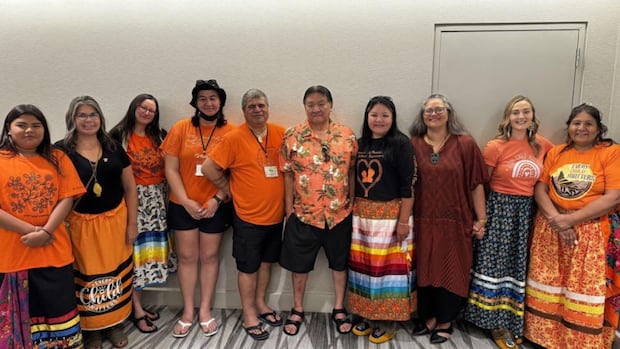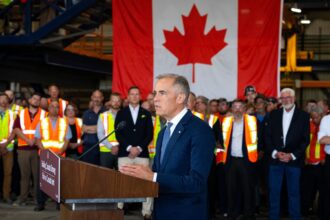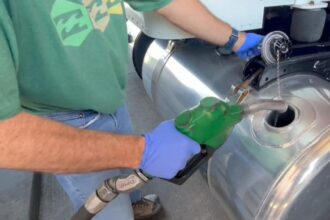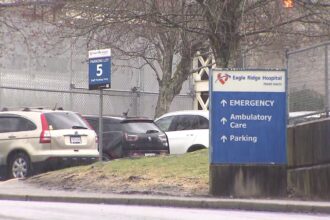In the sprawling boreal forests of Northern Ontario, a quiet crisis is unfolding—one that threatens to erase centuries of cultural heritage with each passing generation. The nine Matawa First Nations communities are sounding an urgent alarm over the critical state of Indigenous language preservation, calling on Ottawa to establish sustainable, long-term funding mechanisms before their ancestral tongues fade into silence.
“Our languages aren’t just communication tools—they’re living libraries that contain our entire worldview, our relationship with the land, and teachings that have sustained us for millennia,” says David Paul Achneepineskum, CEO of Matawa First Nations Management, during a recent gathering of community language keepers in Thunder Bay.
The current federal funding model for Indigenous language revitalization operates primarily through competitive grant processes, forcing communities into what many describe as an exhausting cycle of application writing with no guarantee of continuity. According to data from Canadian Heritage, less than 40% of Indigenous language initiatives receive the full funding requested, creating significant gaps in programming.
“We develop momentum with our youth learning programs, then suddenly face months without resources while waiting for the next funding cycle,” explains Sarah Moonias, a language coordinator from Neskantaga First Nation. “This start-stop approach is devastating to progress, especially when working with younger generations.”
The challenges facing Matawa communities reflect a national reality. Statistics Canada reports that only 13% of Indigenous people can converse in their ancestral languages—a dramatic decline from previous generations. Among the Matawa nations, several dialects of Ojibwe and Oji-Cree are classified as “definitely endangered” by UNESCO’s framework for language vitality.
What makes this situation particularly pressing is the demographic reality: most fluent speakers are elders, creating an urgent timeline for knowledge transfer. Community educators emphasize that successful language revitalization requires consistent, multigenerational programming—precisely what the current funding models fail to support.
“When we teach our children Anishinaabemowin, we’re not just teaching vocabulary and grammar,” notes Elder Mary Oskineegish from Nibinamik First Nation. “We’re transmitting cultural values, environmental knowledge, and ways of problem-solving that have sustained our communities through centuries of challenges.”
The financial implications extend beyond cultural preservation. Research published in the Journal of Aboriginal Economic Development indicates that communities with higher rates of Indigenous language fluency demonstrate improved educational outcomes, stronger economic indicators, and reduced health disparities—suggesting language revitalization represents a sound economic investment.
Matawa’s proposal calls for a fundamental shift in federal funding approaches. Rather than competitive, project-based grants, they advocate for stable core funding allocated directly to Indigenous governments and educational authorities. This would allow communities to develop comprehensive, multi-year language strategies with guaranteed resources.
Federal officials from Canadian Heritage acknowledge the concerns but point to the Indigenous Languages Act of 2019 as evidence of commitment to language preservation. However, critics note the legislation lacks specific funding commitments or implementation mechanisms that would address the structural issues identified by communities.
“The Act created important recognition, but recognition doesn’t teach children their language,” observes Jonathan Wilson, Matawa’s Education Authority Director. “We need resources that match the rhetoric.”
As world leaders increasingly recognize Indigenous knowledge systems as crucial for addressing climate change and sustainability challenges, the erosion of these languages represents not just a cultural loss but the disappearance of unique ecological perspectives.
The communities have proposed innovative solutions, including language immersion schools, land-based education programs, and digital archiving initiatives. However, these approaches require substantial, predictable investments that extend beyond the typical 1-2 year grant cycles currently available.
“This isn’t just about preserving words,” Achneepineskum emphasizes. “It’s about maintaining entire knowledge systems that offer alternative perspectives on our relationship with the natural world—perspectives that may prove crucial for humanity’s future challenges.”
As Canada navigates complex political discussions around reconciliation and Indigenous rights, the question remains: will the federal government transform its approach to language funding before it’s too late? For the elders watching younger generations grow up disconnected from their linguistic heritage, the answer cannot come soon enough.










